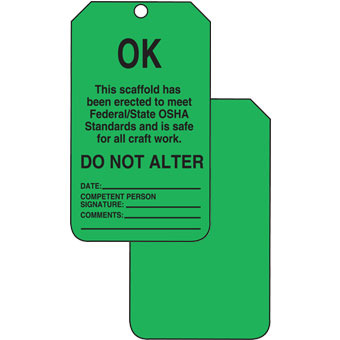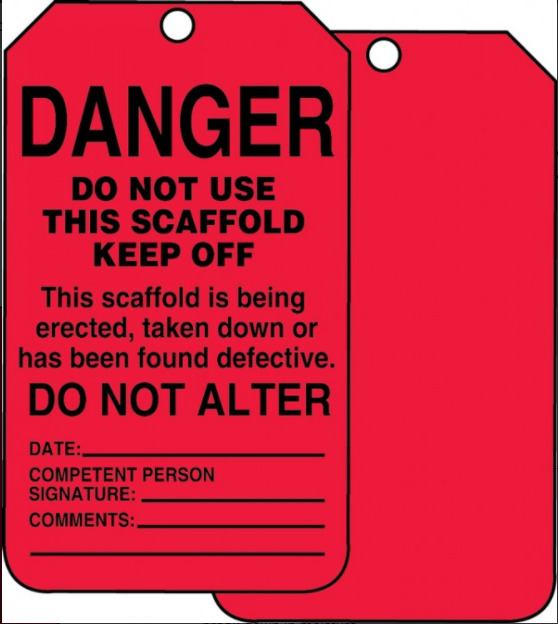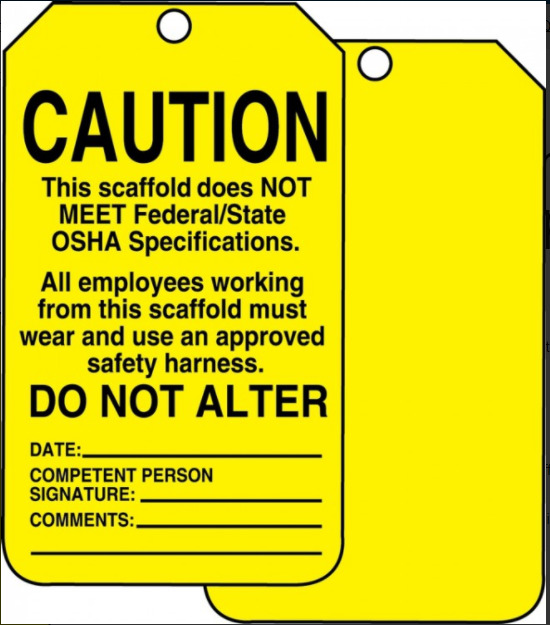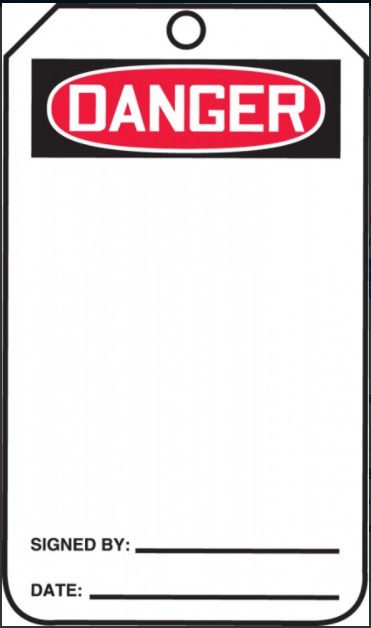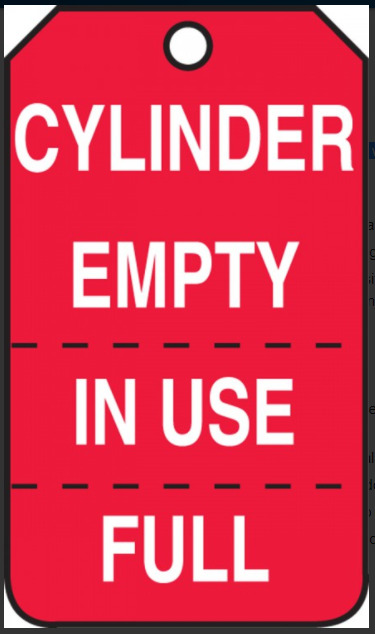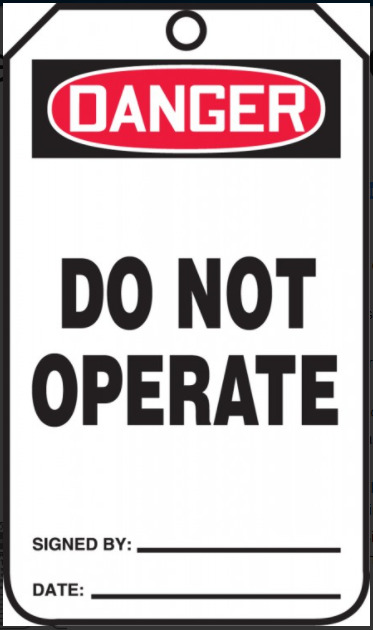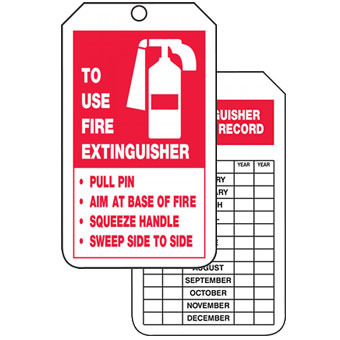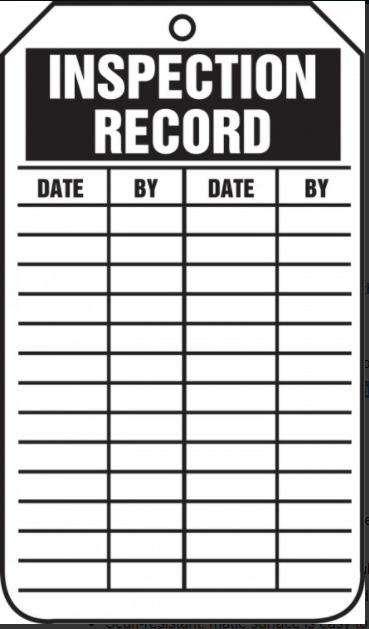Safety Tags
Filter
17 items
content loaded
SKU#:333TSS103CTP
MFG#:TSS103CTP
Price
$26.99 (PACKAGE)
Item pricing and delivery options may vary based on location. Select your local branch for best pricing.
SKU#:333TSS101CTP
MFG#:TSS101CTP
Price
$22.99 (PACKAGE)
Item pricing and delivery options may vary based on location. Select your local branch for best pricing.
SKU#:333TSS102CTP
MFG#:TSS102CTP
Price
$26.99 (PACKAGE)
Item pricing and delivery options may vary based on location. Select your local branch for best pricing.
SKU#:333MDT260CTP
MFG#:MDT260CTP
Price
$19.39 (PACKAGE)
Item pricing and delivery options may vary based on location. Select your local branch for best pricing.
SKU#:333MGT206CTP
MFG#:MGT206CTP
Price
$20.99 (PACKAGE)
Item pricing and delivery options may vary based on location. Select your local branch for best pricing.
SKU#:333MDT189CTP
MFG#:MDT189CTP
Price
$22.99 (PACKAGE)
Item pricing and delivery options may vary based on location. Select your local branch for best pricing.
SKU#:333TRS218CTP
MFG#:TRS218CTP
Price
$24.99 (PACKAGE)
Item pricing and delivery options may vary based on location. Select your local branch for best pricing.
SKU#:333TRS307CTP
MFG#:TRS307CTP
Price
$26.99 (PACKAGE)
Item pricing and delivery options may vary based on location. Select your local branch for best pricing.
SKU#:333TSS103CTP
MFG#:TSS103CTP
Price
$26.99 (PACKAGE)
Item pricing and delivery options may vary based on location. Select your local branch for best pricing.
SKU#:333TSS101CTP
MFG#:TSS101CTP
Price
$22.99 (PACKAGE)
Item pricing and delivery options may vary based on location. Select your local branch for best pricing.
SKU#:333TSS102CTP
MFG#:TSS102CTP
Price
$26.99 (PACKAGE)
Item pricing and delivery options may vary based on location. Select your local branch for best pricing.
SKU#:333MDT260CTP
MFG#:MDT260CTP
Price
$19.39 (PACKAGE)
Item pricing and delivery options may vary based on location. Select your local branch for best pricing.
SKU#:333MGT206CTP
MFG#:MGT206CTP
Price
$20.99 (PACKAGE)
Item pricing and delivery options may vary based on location. Select your local branch for best pricing.
SKU#:333MDT189CTP
MFG#:MDT189CTP
Price
$22.99 (PACKAGE)
Item pricing and delivery options may vary based on location. Select your local branch for best pricing.
SKU#:333TRS218CTP
MFG#:TRS218CTP
Price
$24.99 (PACKAGE)
Item pricing and delivery options may vary based on location. Select your local branch for best pricing.
SKU#:333TRS307CTP
MFG#:TRS307CTP
Price
$26.99 (PACKAGE)
Item pricing and delivery options may vary based on location. Select your local branch for best pricing.


